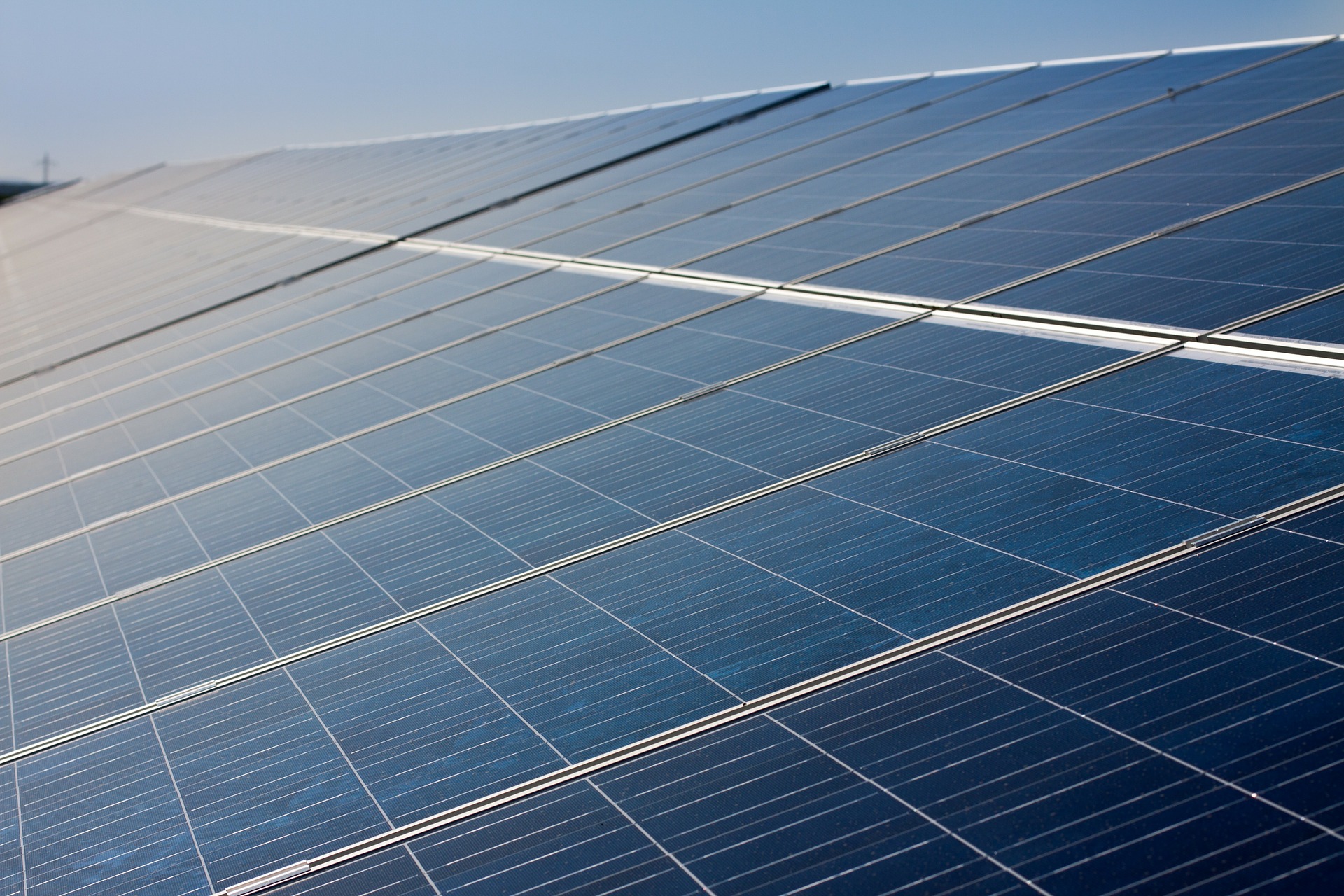Peak Sun Hours for Solar Energy
Solar energy has become one of the world’s most efficient and renewable sources. In this 21st century, many homeowners are migrating to using solar panels because they provide other benefits apa...

Don’t let solar’s many complicated terms and buzzwords leave you stumped when reading or discussing solar energy! Read our Solar Lingo list below to better understand some of the most commonly used solar terms.
Angle of Incidence: The angle that a ray of sun makes with a line perpendicular to the surface. For example, a surface that directly faces the sun has a solar angle of incidence of zero, but if the surface is parallel to the sun (for example, sunrise striking a horizontal rooftop), the angle of incidence is 90°.
Battery: This is an optional component if the home will continue to be tied to the grid. A battery can store the excess energy solar power produces throughout the day and use it at night as opposed to drawing energy from the grid. It can be utilized in power outages to provide power for the home. Some states like Massachusetts offer incentives for those that install battery systems as they can send some of the energy back to the grid during peak energy hours and be compensated by the utility for it.
Cloud enhancement: The increase in solar intensity caused by reflected irradiance from nearby clouds.
Diffuse Radiation: Radiation received from the sun after reflection and scattering by the atmosphere and ground.
Direct beam radiation: Radiation received by direct solar rays. Measured by a pyrheliometer with a solar aperture of 5.7° to transcribe the solar disc.
Distributed generation: A popular term for localized or on-site power generation.
Grid-connected system: A solar electric or photovoltaic (PV) system in which the PV array acts like a central generating plant, supplying power to the grid.
Incident light: Light that shines onto the face of a solar cell or module.
Inverter: the inverter is a very crucial part of a solar installation. It converts the DC, direct current, that solar panels produce to AC, alternating current, that a home or business requires. It can also allow the user to monitor the system.
Inverter Clipping: Inverters have a maximum power output. Clipping is when the inverter is limiting the amount of electricity going from your solar energy system into your household for use because it reached its maximum capacity. Inverter clipping is often times better than oversizing the inverter to avoid clipping because inverters are most efficient when they are running at or close to their maximum capacity. A little inverter clipping here and there is generally much better than an oversized, inefficient inverter.
Irradiance: The direct, diffuse, and reflected solar radiation that strikes a surface. Usually expressed in kilowatts per square meter. Irradiance multiplied by time equals insolation.
Load: The demand on an energy-producing system; the energy consumption or requirement of a piece or group of equipment. Usually expressed in terms of amperes or watts in reference to electricity.
Microinverter: A microinverter uses a parallel series, meaning the efficiency of the system is measured by each panel individually. If one panel of a solar system is shaded for part of the day it will not affect the performance of all the other panels. This does nearly the same thing as an optimizer. Microinverters are also typically used with systems that have panels on multiple roof planes.
Net Metering: Net Metering is a policy that allows electric meters to flow two directions instead of one. This policy allows homeowners and businesses with solar to be compensated to sell excess solar energy throughout the day and draw and pay for electricity from the grid at night.
Optimizer: An optimizer is a combination of both a string and microinverter. It is a module-level power electronics (MLPE) device that increases the solar panel system’s energy output by constantly measuring the maximum power point tracking (MPPT) of each individual solar panel and adjusts DC characteristics to maximize energy output.
Peak Demand: The maximum energy demand or load in a specified time period.
Photon: A particle of light that acts as an individual unit of energy.
Photovoltaics (PV): Pertaining to the direct conversion of light into electricity.
Photovoltaic cell: The smallest semiconductor element within a PV module to perform the immediate conversion of light into electrical energy (direct current voltage and current). Also called a solar cell.
Smart Meter: A smart meter is an electronic device that records consumption of electric energy and communicates the information to the electricity supplier for monitoring and billing. Smart meters typically record energy hourly or more frequently, and report at least daily.
String Inverter: A string inverter uses series wiring. This means that the entire system’s performance is based on the lowest-performing module. If one is significantly shaded it affects the entire system. These are generally more cost-efficient so if there is very little shade on a system it may be the most cost-effective option.
Solar energy has become one of the world’s most efficient and renewable sources. In this 21st century, many homeowners are migrating to using solar panels because they provide other benefits apa...
Post By: Jesse Okoche, Engineering Intern 2023 Solar energy is the fastest-growing source of clean energy worldwide, and particularly in the US. In a May 2023 press release, CNBC reported that solar a...
Solar Energy is the energy that comes from the sun. It is a clean, renewable source of energy that, alongside wind energy, has slowly been replacing the use of fossil fuels over the past few years. So...